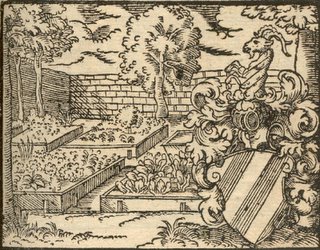

"Many doubt," saith Nicholas Taurellus, "whether the devil
can cure such diseases he hath not made, and some flatly deny it,
howsoever common experience confirms to our astonishment, that
magicians can work such feats, and that the devil without impediment
can penetrate through all the parts of our bodies, and cure such
maladies by means to us unknown."
can cure such diseases he hath not made, and some flatly deny it,
howsoever common experience confirms to our astonishment, that
magicians can work such feats, and that the devil without impediment
can penetrate through all the parts of our bodies, and cure such
maladies by means to us unknown."


German philosopher, theologian and physician Nicolaus Taurellus (1547-1606) was notable for his rejection of the prevailing Aristotlean scholastics. He considered that philosophy ought to be based on biblical christianity. He published numerous philosophical treatises including Emblemata Physico Ethica in 1595 which is hosted by Mannheim University. (Links to the thumbnail pages)
The book is divided into three sections with a discourse opening, the emblemata and a final 'nude' emblem section, without images. Most of the emblems have emblazoned heraldic plates which must have complicated attempts at elucidating the author's meanings. Although I suppose the language of heraldry was second nature to most literate people in those times. There are 84 woodcut images all told.
Addit: "Most of the 84 beautiful emblems, partly imitated from Jost Amman's Stamm- und Wappenbuch (1579), and here in very fresh impressions, were dedicated to various personages from Germany, Poland and Holland, often together with their coat-of-arms."
No comments:
Post a Comment